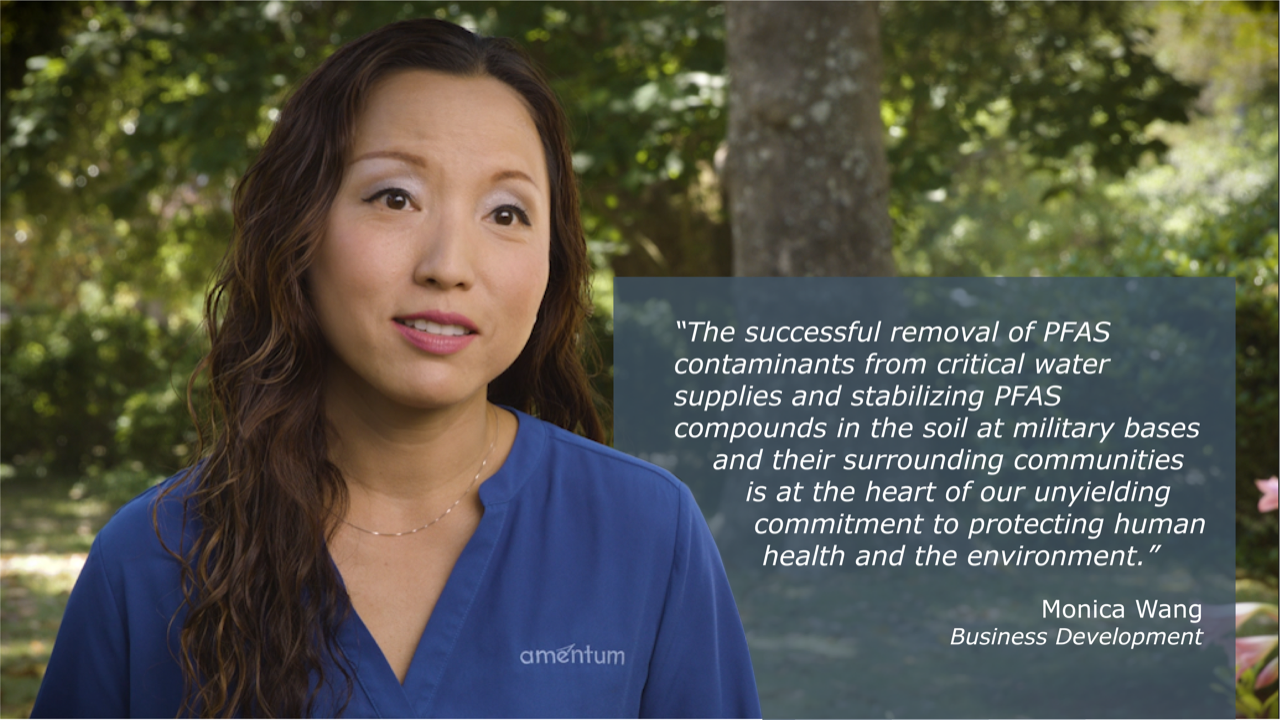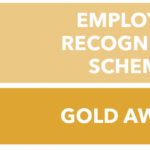 Stricter water quality guidance values, significant ramifications in terms of liability and clean up requirements, and four new Per- and Polyfluoroalkyl Substances (PFAS) chemicals now identified as hazardous, these are just a few of the recent actions taken by the Environmental Protection Agency (EPA) to safeguard our communities from PFAS contamination.
Stricter water quality guidance values, significant ramifications in terms of liability and clean up requirements, and four new Per- and Polyfluoroalkyl Substances (PFAS) chemicals now identified as hazardous, these are just a few of the recent actions taken by the Environmental Protection Agency (EPA) to safeguard our communities from PFAS contamination.
It’s clear that we are only in the infancy of the regulation of PFAS. These new regulatory levels are unprecedented and in many cases these chemicals are beyond the ability of some municipalities to identify and detect. We also know how challenging it is for our clients to discern, respond to, and plan for the practical impact of these developments on their regulatory compliance and environmental cleanup missions.
Clients in the U.S. such as the Army Corp of Engineers, Naval Facilities Engineering Command, the Air Force Civil Engineer Center, Department of Energy and many other federal state and local agencies are facing daunting cleanup challenges. The waste site universe alone remains large and will require continued solutions to support program implementation. For these agencies, legacy contaminants at complex groundwater sites and emerging contaminants have been identified as ‘grand challenges’ – with PFAS remediation a top priority.
For Those Who Serve
The successful removal of PFAS contaminants from critical water supplies and stabilizing PFAS compounds in the soil at our military bases and their surrounding communities is at the heart of our unyielding commitment to protecting human health and the environment. There are an estimated 26,000 PFAS contaminated sites across the U.S., and millions of Americans are believed to be impacted by PFAS-contaminated drinking water. Most of these communities are around sites where Aqueous Film Forming Foam (AFFF) was used causing PFAS contamination in their water and soil. While AFFFs are far from the only source of PFAS contamination in the environment, their heavy concentrations and the specific chemical makeup of PFASs used in firefighting foams makes these sites a priority. Stabilizing PFAS in the soil will significantly reduce the potential for harm to surrounding communities.
A Strategic Roadmap
The regulatory framework needed to protect our environment from exposure to these harmful PFAS chemicals is being put in place and the technologies to remediate or remove them are improving.
Implementation of the federal PFAS strategy will be led by the EPA. To guide its efforts, the agency has issued a new PFAS Roadmap outlining its plans to research, restrict, and remediate PFAS through 2024. This Roadmap proposes regulatory and administrative actions as well as new enforcement initiatives.
Two of the most significant actions include a new reporting requirement for PFAS and a request to designate certain PFAS as hazardous substances under the Comprehensive Environmental Response, Compensation, and Liability Act (“CERCLA”).
In addition, it’s important to point out that the EPA also plans to designate four identified PFAS chemicals as hazardous constituents and proposes to develop a rulemaking to clarify that it has authority under the RCRA Corrective Action Program to require investigation and cleanup for hazardous wastes.
Sound Solutions for PFAS Clean-up
Navigating and effectively managing PFAS within the constantly changing regulatory framework, while also developing scientific understanding of this class of contaminants is a significant challenge. How we manage the risks while working towards resolving the uncertainties is key.
From remedial investigations and drinking water response actions to technical and regulatory uncertainty, successful remediation solutions require an experienced approach shaped by the unique challenges posed by PFAS contamination. We cannot solve the problem of these ‘forever chemicals’ by tackling one route of exposure or one use at a time. Every tool in the toolbox is needed, and the approach must include community engagement, a detailed regulatory framework, customer partnering, experienced environmental leaders and staff, proven technical expertise, competitive pricing, and open and transparent communications.
At Amentum, we are honored to be the preferred partner for environmental projects; and I am very proud to be part of a team that is committed to putting people’s health and our environment at the forefront.
–Monica Wang, Business Development Director











